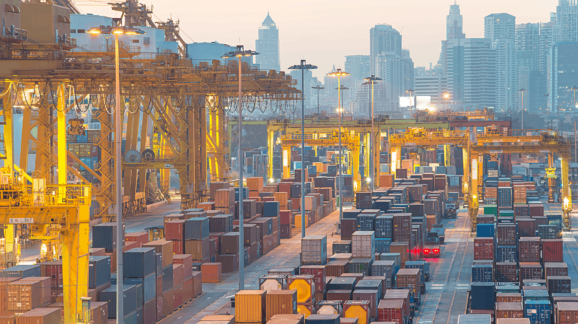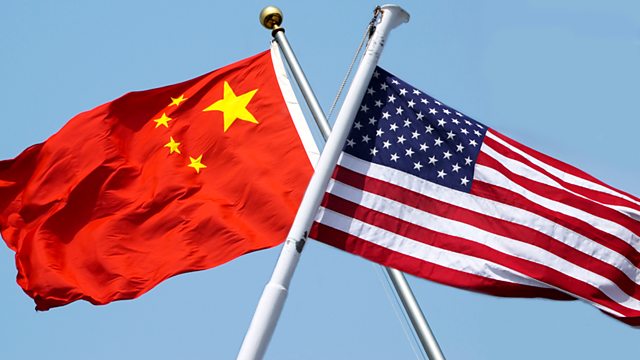U.S.-China Trade Deal at G20 Small Move in Right Direction

 Nobody knew what to expect going into the G20 summit in Argentina, especially from a planned meeting between Chinese President Xi Jinping and U.S. President Donald Trump. The headlines coming out of the meeting are largely positive. China is ending its 40 percent tariff on U.S.-made autos, while the U.S. will delay for 90 days a rise in tariffs on $200 billion of Chinese goods from 10 percent to 25 percent, previously scheduled for January 1.
Nobody knew what to expect going into the G20 summit in Argentina, especially from a planned meeting between Chinese President Xi Jinping and U.S. President Donald Trump. The headlines coming out of the meeting are largely positive. China is ending its 40 percent tariff on U.S.-made autos, while the U.S. will delay for 90 days a rise in tariffs on $200 billion of Chinese goods from 10 percent to 25 percent, previously scheduled for January 1.
During that 90-day period, the U.S. hopes to convince China to reform a number of its protectionist trade policies. But after that, anything goes.
President Xi is walking back a policy that was only just put in place as a direct retaliation to U.S. tariffs, and is leaving other retaliatory tariffs in place. On the U.S. side, the 10 percent Trump tariff that inspired the retaliations will remain in place.
The takeaway is much the same as from the July meeting between Trump and European Commission President Jean-Claude Juncker. As I noted then:
[N]either side is lowering any barriers. And neither side’s promises involve making things better. They have agreed to not make things worse. But in a bizarre, only-in-this-administration kind of way, nothing is better than nothing.
China aspires to become a global economic power. To become one, it must liberalize. The new U.S. tariffs have pushed China in the opposite direction. Its trade policies are now even more protectionist than before. This is not changing as a result of the meeting.
Moreover, after the 90-day ceasefire expires, China’s government will likely retain its intellectual property theft, forced technology transfer, and government ownership and control policies. On this point, I sincerely hope my prediction is wrong. For as long as they are in place, these policies will hinder poverty eradication in China, while causing difficulties not just with the U.S., but with China’s trading partners throughout the world.
On the U.S. side, President Trump’s trade policies will also remain unchanged. Admittedly, they are stimulating some sectors of the economy. Lobbyists who work on the Commerce Department have reported 879 clients so far this year, up 40 percent since the end of the Obama administration. But intended beneficiaries, such as General Motors and its employees, are finding the Trump tariffs less than helpful.
The G20 summit and the Trump-Xi meeting could have gone much worse. But the headlines should not be so congratulatory. Productive meetings and negotiations would yield not just a ceasefire, but actual disarmament. That remains the goal—for in a trade war, the weapons fire inward.